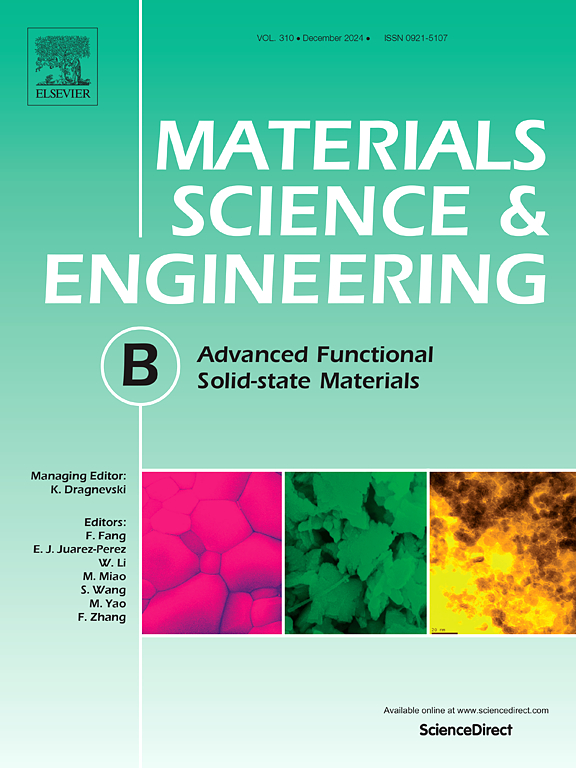Highly solar transparent and low-emissivity glass based on hydrogen-doped indium oxide
IF 3.9
3区 材料科学
Q2 MATERIALS SCIENCE, MULTIDISCIPLINARY
引用次数: 0
Abstract
Windows contribute significantly to heat loss in buildings, making them a critical focus for energy-saving measures aimed at reducing the substantial energy consumption in the building sector. This study explores ’high-transmittance, low-emissivity’ windows, which is beneficial for energy conservation in cold regions. Numerical calculations and experimental validation were used to develop a novel material optimization strategy utilizing hydrogen-doped indium oxide (IHO) films. The optimized IHO films exhibit high mobility (100 cm2/V·s) and low carrier concentration (2.2 × 1020 cm−3), providing superior performance compared to traditional transparent conductive oxide (TCO) films. The developed low-emissivity (low-e) passive insulation composite film demonstrates enhanced spectral characteristics. It achieves a solar transmittance of 0.836 and a mid-infrared (MIR) emissivity as low as 0.117, surpassing the performance of commercial low-e glass. This approach not only addresses the spectral limitations, such as poor NIR transmittance and high emissivity, of traditional low-e coatings but also establishes a universally applicable methodology for material selection and optimization.
基于掺氢氧化铟的高太阳能透明低辐射玻璃
窗户对建筑物的热量损失贡献巨大,因此成为旨在减少建筑领域大量能源消耗的节能措施的重点。本研究探讨了 "高透射率、低辐射 "窗户,这有利于寒冷地区的节能。通过数值计算和实验验证,利用掺氢氧化铟(IHO)薄膜开发了一种新型材料优化策略。优化后的 IHO 薄膜表现出高迁移率(100 cm2/V-s)和低载流子浓度(2.2 × 1020 cm-3),与传统的透明导电氧化物(TCO)薄膜相比性能更优。所开发的低辐射(low-e)被动隔热复合薄膜具有更强的光谱特性。它的太阳透过率达到 0.836,中红外线(MIR)发射率低至 0.117,超过了商用低辐射玻璃的性能。这种方法不仅解决了传统低辐射镀膜在光谱方面的局限性,如近红外透过率低和辐射率高,而且还建立了一种普遍适用的材料选择和优化方法。
本文章由计算机程序翻译,如有差异,请以英文原文为准。
求助全文
约1分钟内获得全文
求助全文
来源期刊

Materials Science and Engineering: B
工程技术-材料科学:综合
CiteScore
5.60
自引率
2.80%
发文量
481
审稿时长
3.5 months
期刊介绍:
The journal provides an international medium for the publication of theoretical and experimental studies and reviews related to the electronic, electrochemical, ionic, magnetic, optical, and biosensing properties of solid state materials in bulk, thin film and particulate forms. Papers dealing with synthesis, processing, characterization, structure, physical properties and computational aspects of nano-crystalline, crystalline, amorphous and glassy forms of ceramics, semiconductors, layered insertion compounds, low-dimensional compounds and systems, fast-ion conductors, polymers and dielectrics are viewed as suitable for publication. Articles focused on nano-structured aspects of these advanced solid-state materials will also be considered suitable.
 求助内容:
求助内容: 应助结果提醒方式:
应助结果提醒方式:


